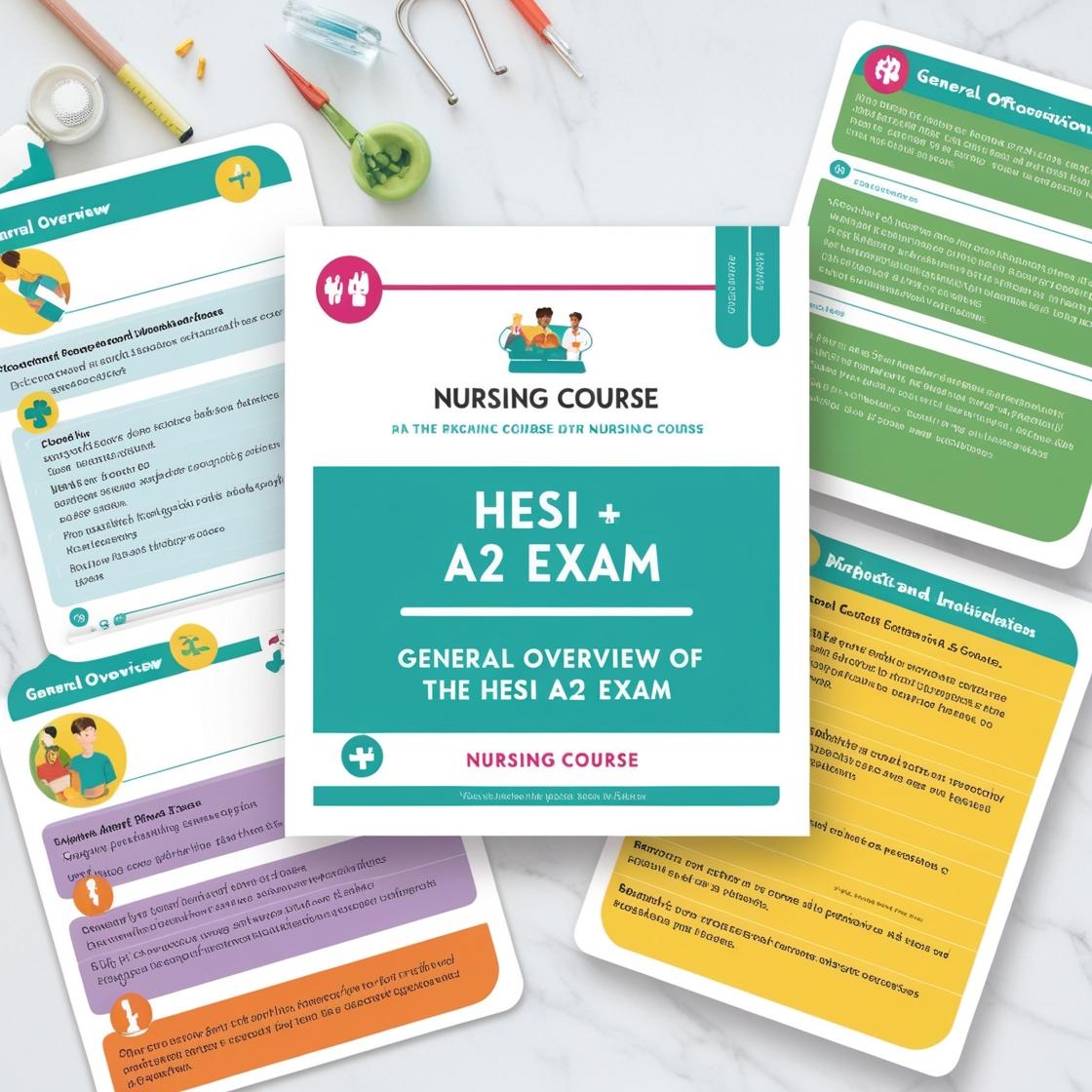HESI A2
Practice HESI A2 Math Test
1. The formula for calculating heart rate is HR = (220 - age) x 0.65. If a patient's heart rate is 136.5, what is their age?
- A. 30
- B. 40
- C. 50
- D. 60
Correct answer: C
Rationale: Rationale: Given formula: HR = (220 - age) * 0.65 Given heart rate: HR = 136.5 Substitute the given heart rate into the formula: 136.5 = (220 - age) * 0.65 Solve for age: 136.5 = 143 - 0.65age 0.65age = 143 - 136.5 0.65age = 6.5 age = 6.5 / 0.65 age = 10 Therefore, the patient's age is 50 (option C).
2. A bookshelf has triangular shelves with a base of 40cm and a height of 30cm. The depth of the shelf is 25cm. What is the volume of each shelf?
- A. 3000 cu cm
- B. 3750 cu cm
- C. 5000 cu cm
- D. 7500 cu cm
Correct answer: B
Rationale: To find the volume of the triangular shelf, first calculate the area of the triangle (1/2 * base * height) which is (1/2 * 40 * 30) = 600 sq cm. Then, multiply this area by the depth of the shelf (600 * 25) = 15000 cu cm. Therefore, the volume of each shelf is 3750 cu cm. Choice A, C, and D are incorrect as they do not correctly calculate the volume based on the dimensions provided.
3. After spending $75.64 at one store and $22.43 at the next store, how much money does the shopper have left if they started with $100.00?
- A. $1.93
- B. $5.00
- C. $0.72
- D. $20.13
Correct answer: A
Rationale: To determine how much money the shopper has left, add the amounts spent: $75.64 + $22.43 = $98.07. Then, subtract the total spent from the starting amount: $100.00 - $98.07 = $1.93 left. Therefore, choice A, $1.93, is the correct answer. Choice B, $5.00, is incorrect because it does not reflect the correct calculation. Choice C, $0.72, is incorrect as it does not consider the total amount spent. Choice D, $20.13, is incorrect because it does not reflect the remaining amount after the expenses.
4. Change the decimal to a percent: 0.64 =
- A. 0.64%
- B. 6.4%
- C. 64%
- D. 0.064%
Correct answer: C
Rationale: To convert a decimal to a percent, multiply by 100. In this case, 0.64 × 100 = 64%. Therefore, the correct answer is C. Choice A (0.64%) is incorrect as it represents the original decimal value in percentage form. Choice B (6.4%) is incorrect as it incorrectly multiplies the decimal value by 10 instead of 100. Choice D (0.064%) is incorrect as it represents the decimal value as a fraction of 1000 instead of 100.
5. Convert the percentage to a decimal: 38%
- A. 3.8
- B. 0.38
- C. 0.038
- D. 38.0
Correct answer: B
Rationale: To convert a percentage to a decimal, you divide the percentage by 100. Therefore, 38% as a decimal is 0.38 (38 ÷ 100 = 0.38). Choice A, 3.8, is incorrect as it is equivalent to 380%. Choice C, 0.038, is incorrect as it represents 3.8%. Choice D, 38.0, is incorrect as it is still in percentage form.
Similar Questions

Access More Features
HESI A2 Basic
$89/ 30 days
- 3,000 Questions with answers
- 30 days access @ $89
HESI A2 Premium
$129.99/ 90 days
- Actual HESI A 2 Questions
- 3,000 questions with answers
- 90 days access @ $129.99
